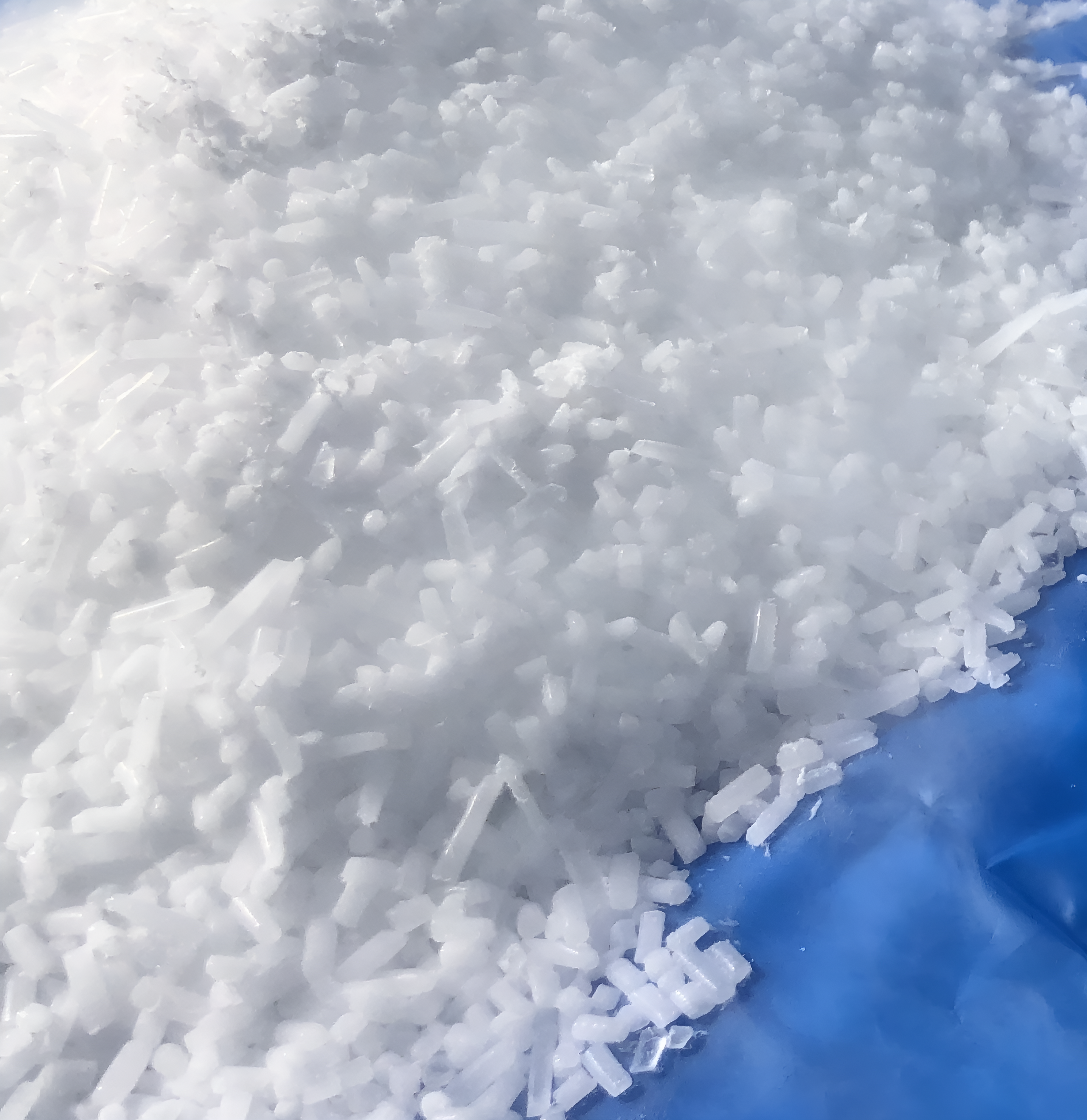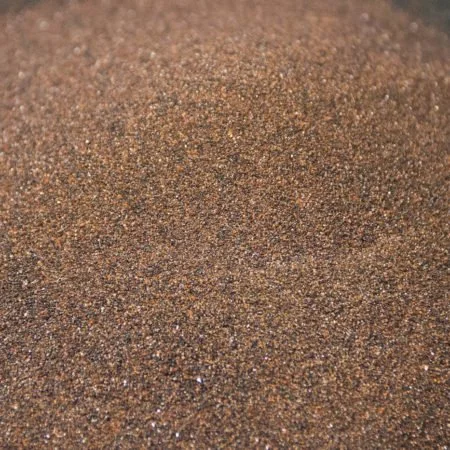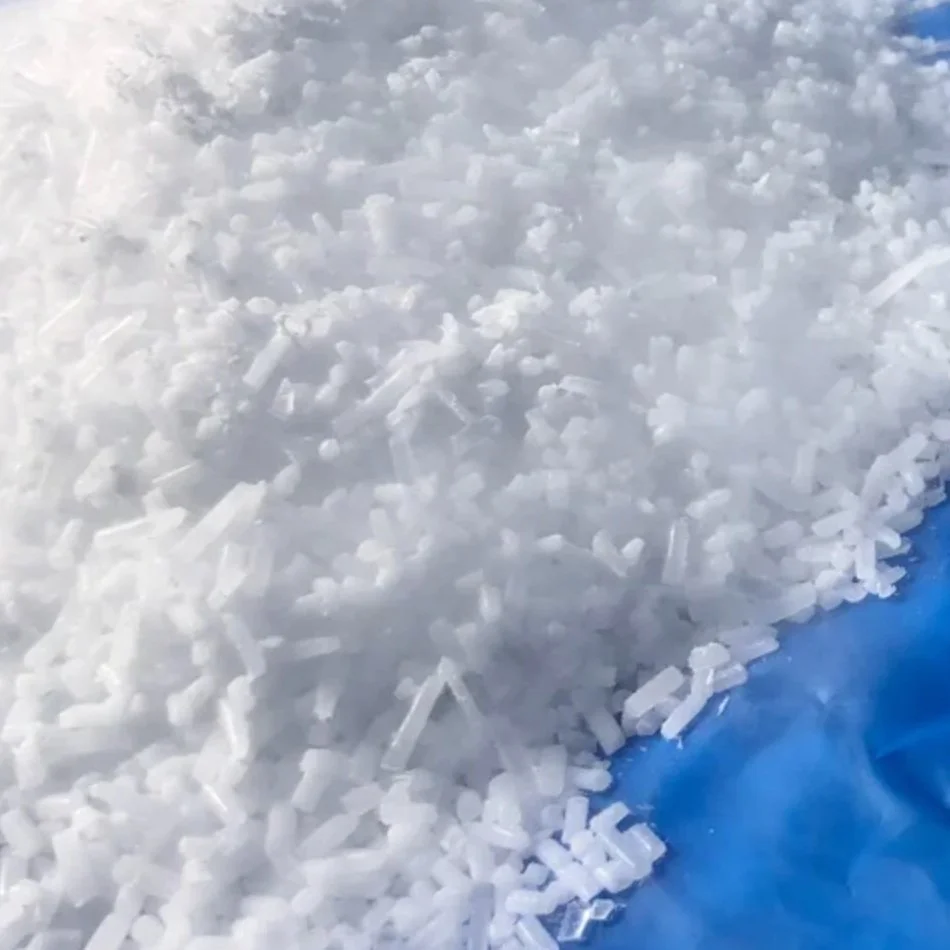
Learn more
What is dry ice blasting?
Dry ice blasting is an efficient cleaning method that uses compressed air to propel dry ice pellets at high speeds toward a surface. Here’s a detailed look at the process:
-
Loading: Dry ice pellets are loaded into the blasting machine.
Compressed Air: The machine accelerates the pellets using compressed air
-
Kinetic Energy: The high-speed pellets strike the surface, dislodging dirt and contaminants.
Thermal Shock: The pellets cause rapid cooling, making contaminants brittle and easier to remove.
-
Direct Change: The pellets sublimate, turning from a solid directly into a gas.
No Residue: The sublimation process leaves no residue behind.
-
Surface Preservation: The method is non-abrasive, ensuring no damage to sensitive surfaces.
Eco-Friendly: It uses no water or chemicals, making it environmentally friendly.
Will The process damage my paint?
Dry ice blasting is gentle on paint because it uses soft pellets that turn into gas upon impact, minimizing physical force. For example, it can safely clean delicate surfaces like historical building facades or intricately painted artwork without causing any damage or chipping, demonstrating its precision and care.
Dry ice blasting offers several advantages over sand blasting. The process is faster and more efficient, significantly reducing overall cleaning time and lowering labor costs. This efficiency results in substantial savings. Dry ice blasting is also safer and more eco-friendly, using no water or harsh chemicals, which minimizes environmental impact. Unlike sand blasting, which can be abrasive and potentially damage delicate surfaces, dry ice blasting is gentle and precise, cleaning effectively without chipping paint or harming sensitive materials. This combination of speed, safety, eco-friendliness, and delicacy can make dry ice blasting a more effective and economical choice.



